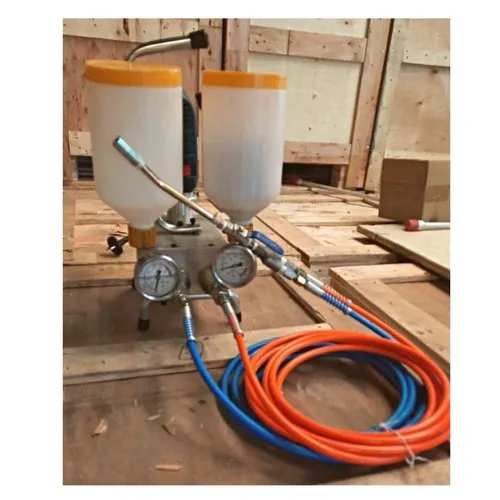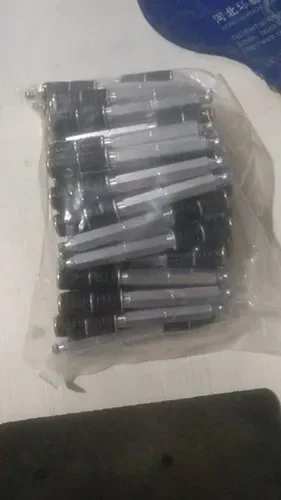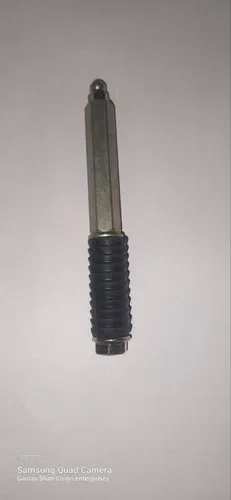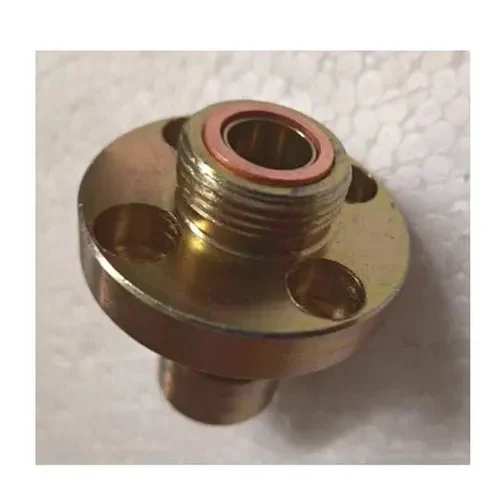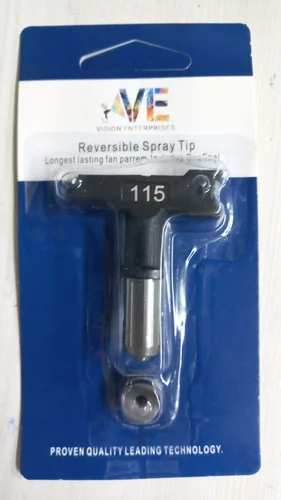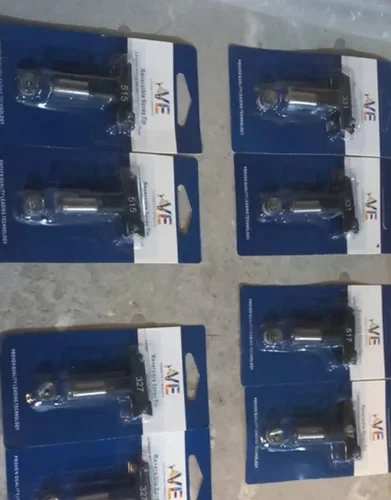Usage/Application: Grouting Pump Type: Radial Piston Pumps Material: MS and Plastic Brand: Vision Enterprises Voltage: 220 V Frequency: 50 Hz Power Source: Electric Pressure of Restarting: Less than 150 Ba Weight: 9 Kg Maximum Output Pressure: 500 Bar Safe range of High-Pressure Hose: Less than 300 Bar Flow Rate: 1.0 l/min Power: 690 W Model Name/Number: VE IG-02 Safe range of Switch Valve: Less than 350 Bar Material of Application: Double liquid-type PU Foam Waterproofing plugging agent, insulation material Double liquid-type quick-setting PU/EPOXY reinforcing agent 1:1 Matching double-liquid non particle low-viscosity liquid. Application Field: Subway Station, Tunnel, Culvert, Foundation Improvement, Soil Settlement, Reservoir, Port Project, Top Slab, Crack, Construction Join, Shrinkage Crack, Basement hairline crack etc. water stop projects Full set of Machine Include: Drill: 1 set 550W High pressure hose: 2 pc 5M Shut-off value: 1 set Repairing kit: 1 set Seal set: 1 set T type wrench: 2 set Rubber pad: 1 pcs Zerk: 1 pc Filter: 2 pcs Material cup: 2 set

